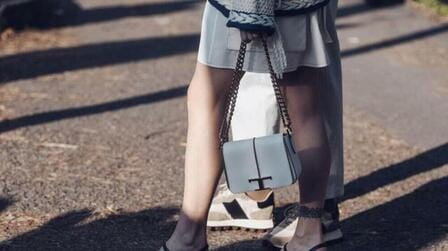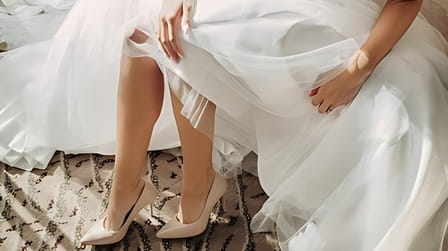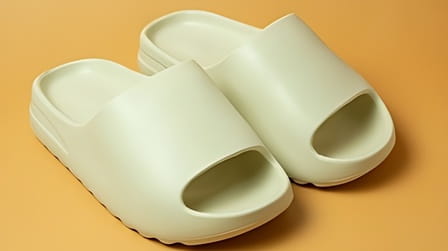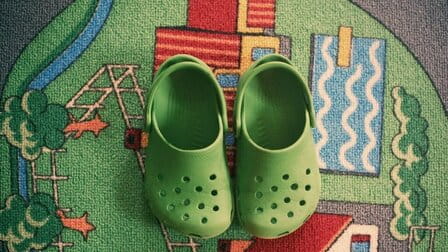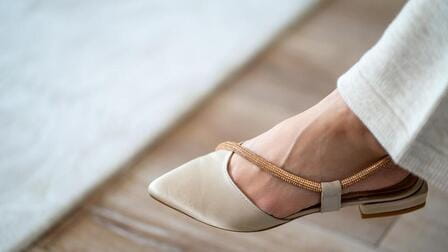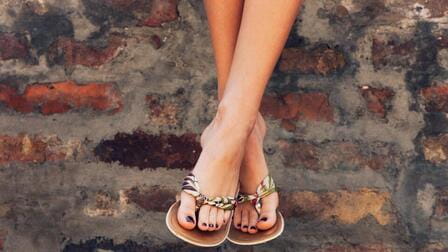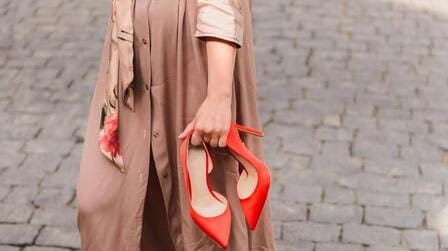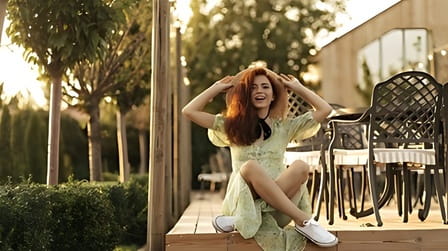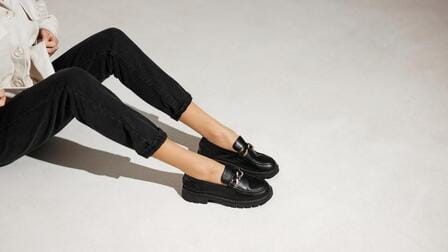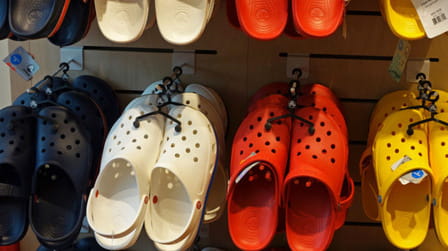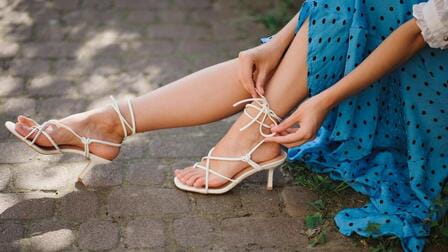The debate around wearing Crocs in schools has been raging for years. While some view Crocs as comfortable, convenient shoes, many school administrators have banned them for being inappropriate footwear in an academic setting. In this article, we'll take an in-depth look at why Crocs aren't typically allowed in schools.
The Controversy Over Crocs
Crocs first hit the market in 2002 and quickly became controversial in fashion circles. The colorful, clunky clogs are made of a soft, lightweight resin material and have ventilation holes across the top for breathability.
While some appreciate the comfort and convenience of slipping on a pair of Crocs, others criticize them as sloppy and unfashionable. The holes in particular have drawn ire from critics who don't think they look professional or polished.
When Crocs exploded in popularity in the mid-2000s, many schools took issue with students wearing them during classes and instituted bans. School administrators cited Crocs as inappropriate footwear for the learning environment for a variety of reasons.
Safety Concerns
One of the most prominent arguments against wearing Crocs in schools is that they pose safety risks. The lightweight, synthetic material offers little protection or support for the foot. The lack of a secure backing also makes them easy to slide on and off, which can lead to trips and falls in busy school hallways.
In science labs, art rooms, and other hands-on classes, administrators worry that the holes in the top of Crocs could allow spilled chemicals or art supplies to leak inside. The slip-on style also provides little anchoring during sports or physical activities, leading to twisted ankles or other injuries.
For these reasons, many school districts only allow shoes that completely enclose the foot, like sneakers, dress shoes, or boots. Shoes with holes, open backs, or minimal support do not provide adequate safety for students as they move between classes and participate in school activities.
Concerns About Professionalism
In addition to physical safety, some school administrators believe Crocs project an unprofessional image that is out of step with most learning environments.
School policies around dress codes and appropriate attire are often intended to create an orderly, studious environment. Some believe casual shoes like flip flops or Crocs undermine that mission and signal to students that academic rigor and standards aren't important.
Defenders counter that Crocs are no less professional than tennis shoes, which are commonly allowed in schools. They argue comfort and self-expression should take priority over rigid dress codes.
But many administrators consider Crocs to cross a line into being too casual for school. The holes and bright colors in particular go against the polished, professional atmosphere they aim to promote.
Noise and Distractions
The final issue many school administrators have with Crocs is the noise they can generate. The hard resin material and holes along the top of Crocs can make them noisy as students walk down hallways between classes.
In a packed school with hundreds or thousands of students, hallway noise can quickly become overwhelming. The echoing clack of Crocs has the potential to create distractions or chaos during class transitions.
School staff also worry the ventilation holes allow Crocs to make squeaking or popping noises if they pick up small pebbles or debris. These types of distractions can impede learning and productivity in the classroom.
Alternatives for Comfort and Style
When Crocs are banned in schools, it doesn't mean students have to resort to uncomfortable dress shoes. Many athletic sneakers provide arch support and comfort for long days of learning and activities. Brands like Nike, Adidas, New Balance, and others now offer stylish sneaker options perfect for the classroom.
For a more formal look, dress shoes, loafers, or leather oxfords are ideal for school while still allowing students to express their personal style. Or many fashionable yet supportive sandals or slip-ons can deliver comfort without the issues associated with Crocs' holes and open-backs.
With so many shoe options available today, students have lots of ways to stay comfortable at school while following dress codes banning Crocs and similarly casual shoes.
5 FAQs about Wearing Crocs in Schools
1. Are Crocs allowed in all schools?
No, many school districts prohibit students from wearing Crocs during school hours. However, policies vary between individual schools. Some may allow them, while others have bans against wearing Crocs.
2. Can teachers wear Crocs in schools that ban them for students?
Typically, yes. Dress code policies for staff and teachers are usually distinct from those for students. But in some cases, schools extend Crocs bans to apply to all individuals in the building.
3. Do college campuses allow students to wear Crocs to class?
College policies tend to be more permissive than lower schools. Many colleges have no rules against wearing Crocs, but some professors may prohibit them in labs or vocational classrooms for safety reasons.
4. What about wearing Crocs during gym class or athletics?
Most athletic coaches and PE teachers do not allow Crocs during sports or active classes. The lack of secure backing and ankle support makes them unsafe for physical activity. Stick with athletic sneakers for PE.
5. Can students wear Crocs on dress down days when uniforms aren't required?
Some schools make exceptions for spirit days or non-uniform days. But many keep Crocs bans in place even on casual dress down days to maintain safety and decorum. Check your school's policies.
Conclusion
The divisive debate around wearing Crocs in schools stems from their unique style. Supporters argue they provide comfort and self-expression. But critics counter they are noisy distractions that undermine professionalism and safety.
While blanket bans against Crocs may seem harsh, administrators claim they have sound reasons backed by evidence. With so many shoe options available today, students have lots of ways to stay comfortable and stylish while adhering to school dress codes.
By understanding the rationale behind prohibiting Crocs, students and parents can make informed choices about footwear. And they may just find fashionable alternatives that meet their needs without causing classroom disruptions or safety issues.
